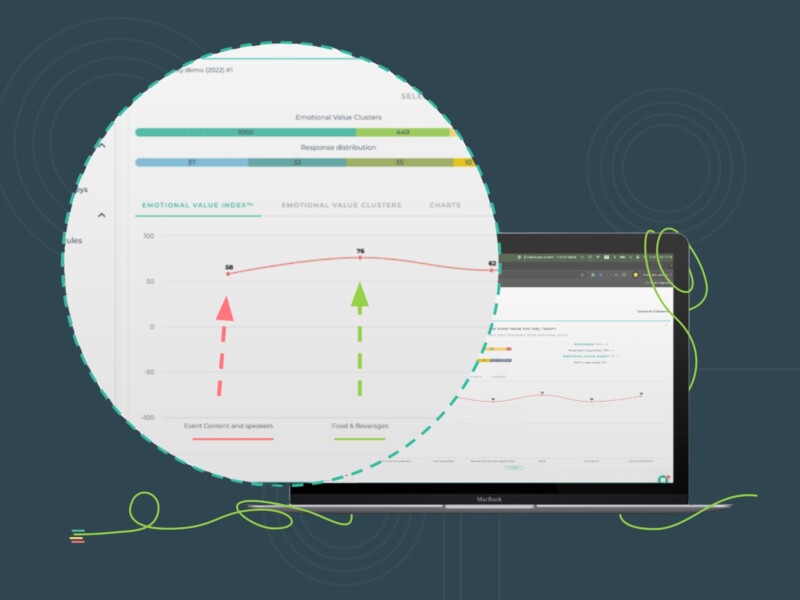A customer journey or buying journey captures all the interactions between the customer and brand throughout the buying process. As businesses deal with different types of customers, a brand can have multiple customer journeys based on the routes taken by clients to approach the brand, review it, and purchase the products. Analyzing customer journeys helps you assess the quality of touchpoints, identify pain points, and make necessary improvements to enhance the customer experience.
Here are key steps to follow when analyzing any customer journey!
Map the Customer Journey
The first step, if you haven’t already, is to map out the customer journey that’s unique to your customers. Begin by identifying the key stages, such as awareness, consideration, purchase, and post-purchase support, and flesh out from there. Include every interaction that takes place between the customer and brand, followed by the relevant touchpoint and channel used for engagement.
It’s essential to have a good understanding of the type of clientele who use your products to determine the common channels they use to interact with the brand as well as the major touchpoints. Start with the basics, and you can improve it along the way. As your business expands, you may need multiple journeys to segment customers and deliver personalized services. If you want a free customer journey mapping template, download Feedbackly’s free editable template!
Collect Data and Analyze Touchpoints
Touchpoints are a crucial element in any buying journey because they facilitate contact between the customer and the brand. Customer journeys usually entail complex webs of interconnected touchpoints. Analyzing touchpoints helps you evaluate the quality of experience, customer preferences and expectations, and existing pain points. It’s a critical step in improving the overall journey.
You can gather data using surveys, reviews, web analytics, social media posts, and more to understand customers’ views of your brand. KPIs like EVI®, NPS, CSAT, and CES can help you understand the effectiveness and seamlessness of touchpoints throughout the buying journey. Sentiment analysis, in particular, will be effective in pinpointing best-performing areas and lackluster service that need serious attention.
Align Customer Personas
Touchpoint analysis should help you uncover customer insights and reframe the overall experience around the needs and preferences of your clientele. In this regard, you will find diverse expectations that are difficult to fit into a single strategy or framework. Here’s when segmenting customer personas come into use. You can categorize your clients according to their demographics, location, behaviors, and needs.
Segmentation helps you understand how different personas navigate the buying journey, how their experiences diverge at different stages, and the unique needs they are looking to fulfill. It will also aid in optimizing the buying journey with relevant or personalized offerings and recommendations. You can reduce churn rates and improve advocacy through this. The ultimate outcome is to ensure all your customers find the customer journey effortless and rewarding.
Identify and Optimize Pain Points
Another fundamental goal of analyzing customer journeys is identifying friction points that can make customers turn away from your brand. Identifying and fixing pain points is not a one-off task. Surveys on emotional experience, effort, and satisfaction will bring valuable data on existing pitfalls.
It’s important to resolve pain points and let your customers know about them. But fixing it all at once may not be possible. Prioritize the issues based on their severity, impact on customer satisfaction, and goals. When customer expectations evolve, their buying journeys become complicated, and if brands don’t adapt to them, customer needs can often go unmet. Eventually, it can cripple the overall experience. So, make it a routine to analyze and find issues that need attention.
Feedbackly can help in gathering customer feedback, gaining useful insights, and optimizing buying journeys effectively.




